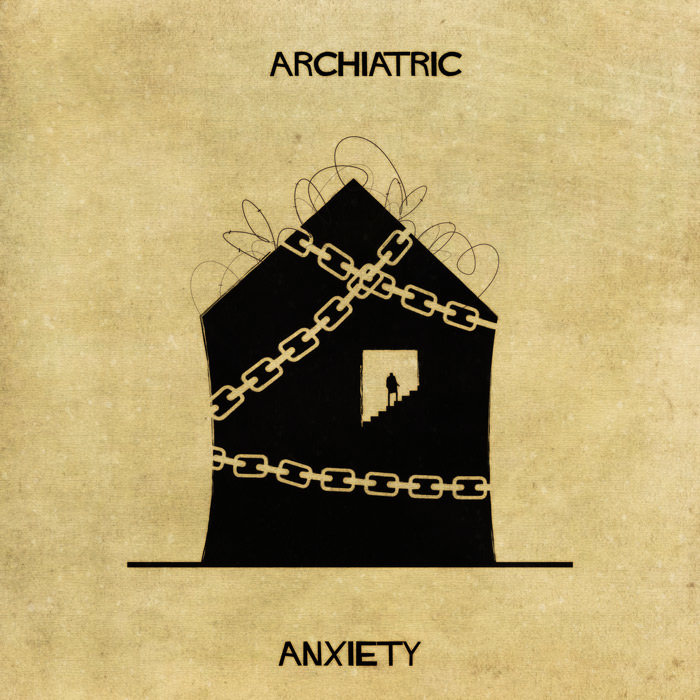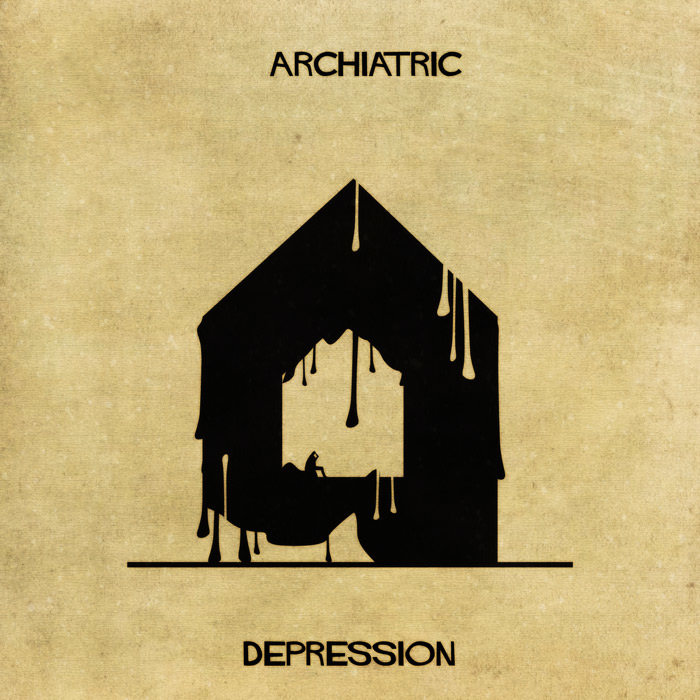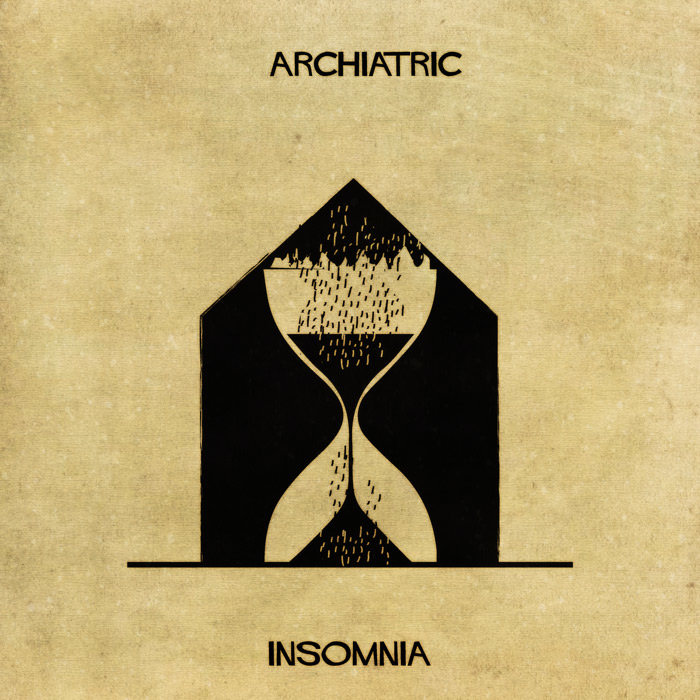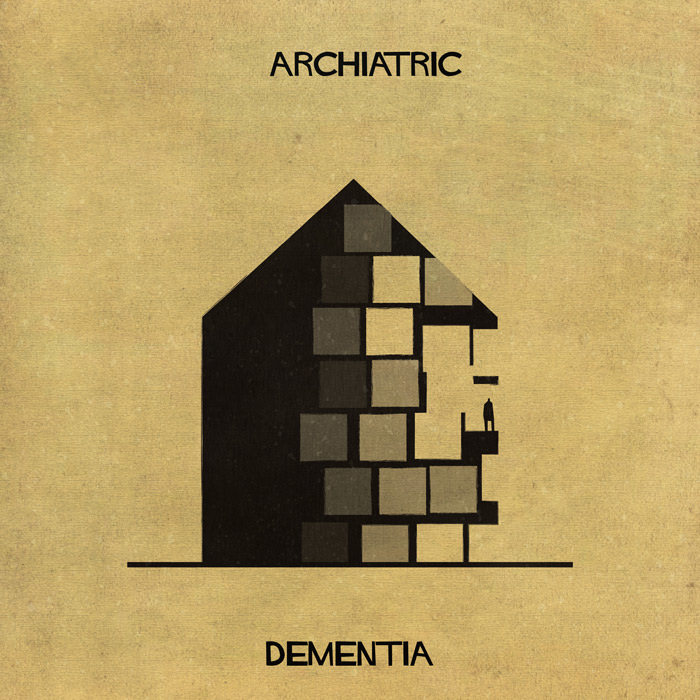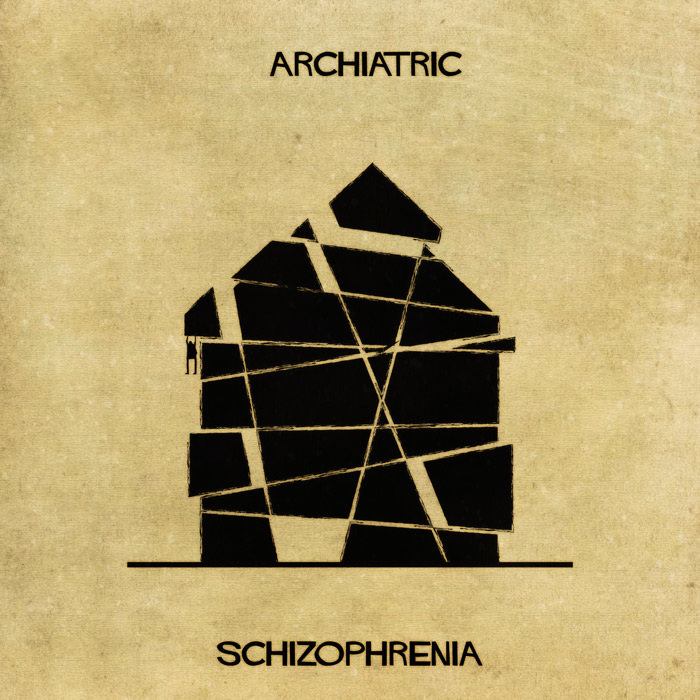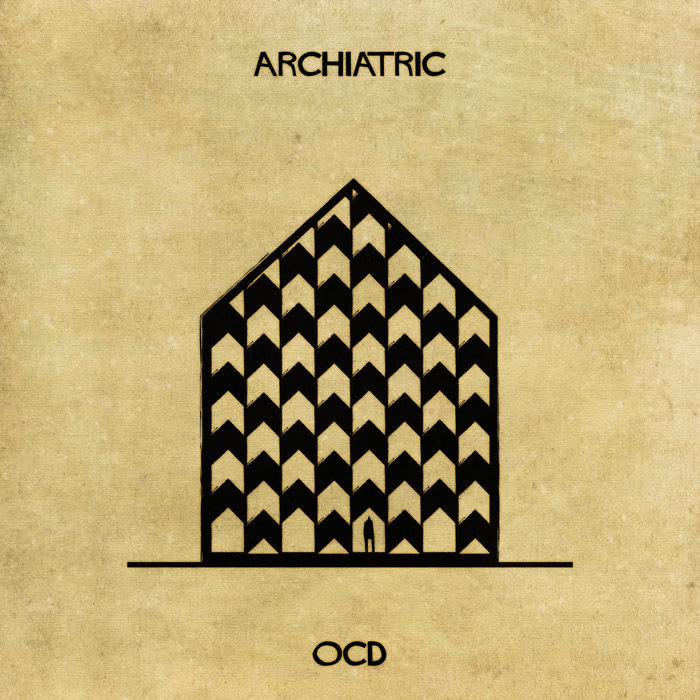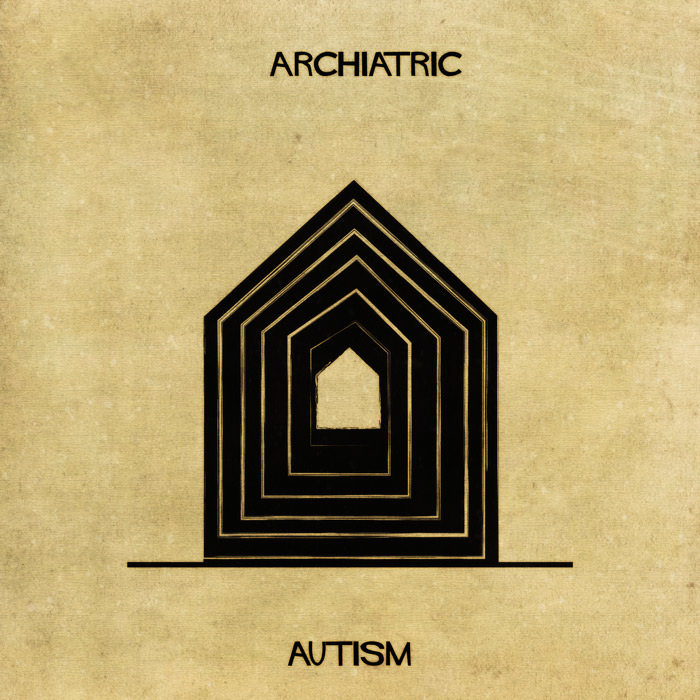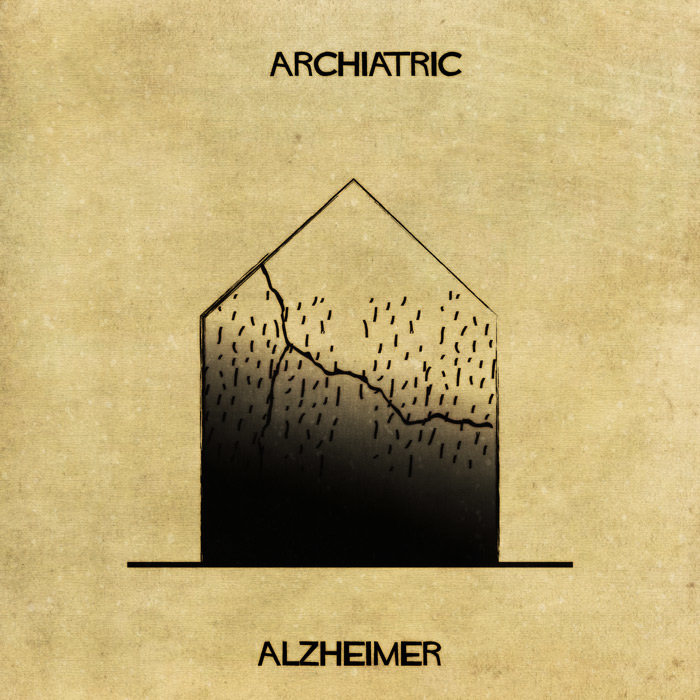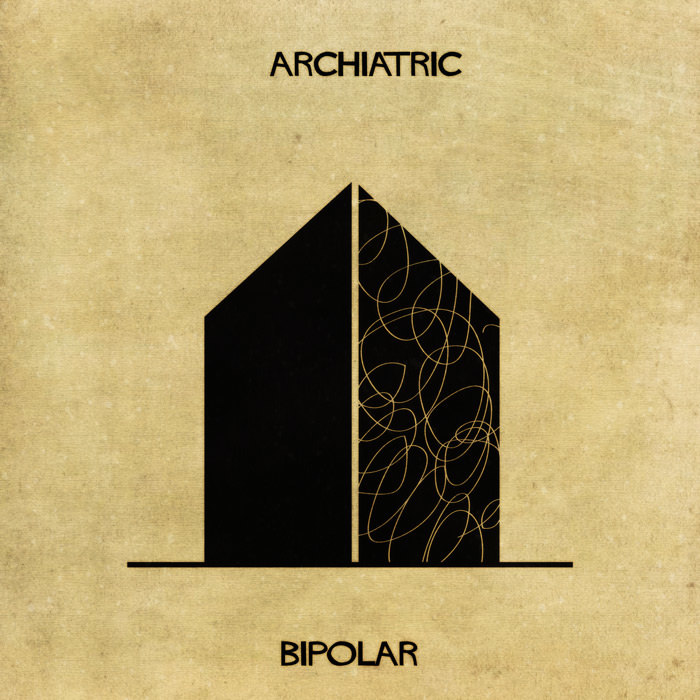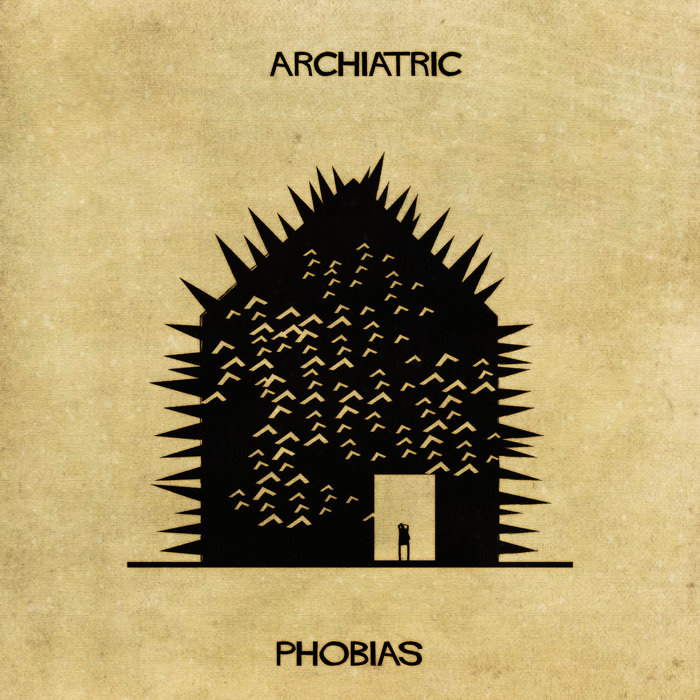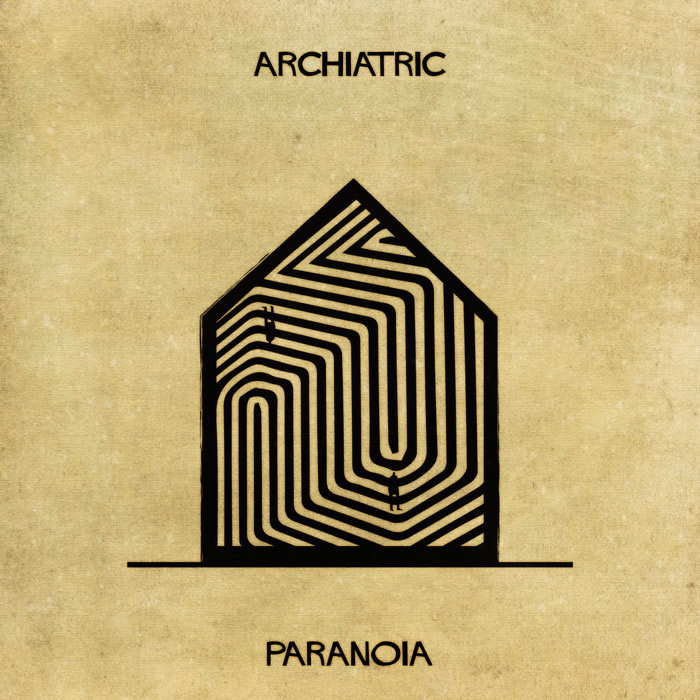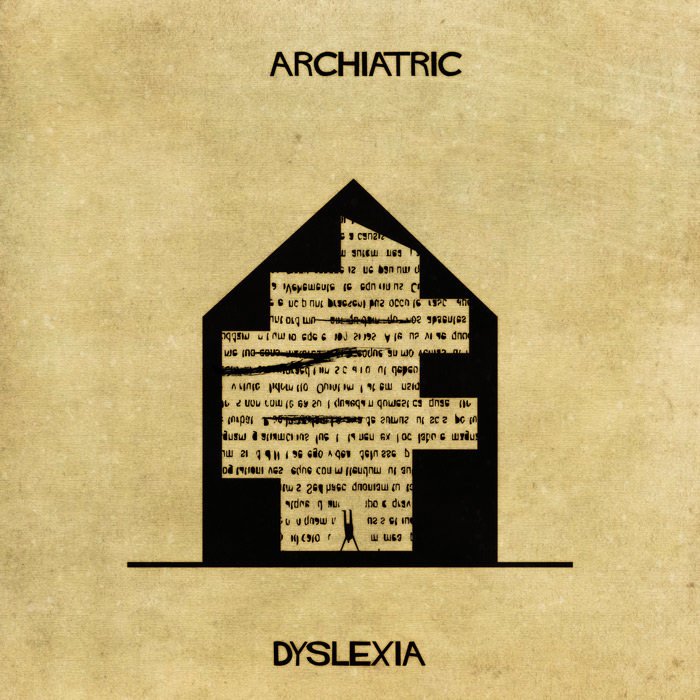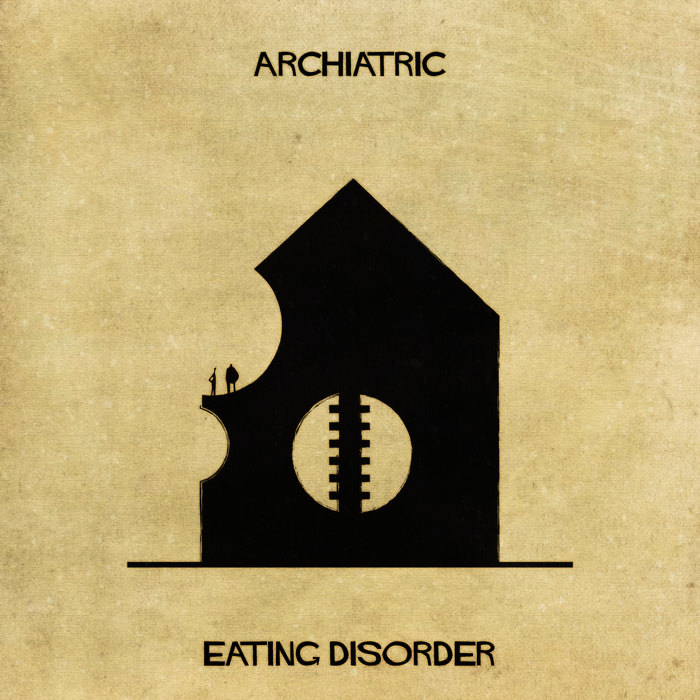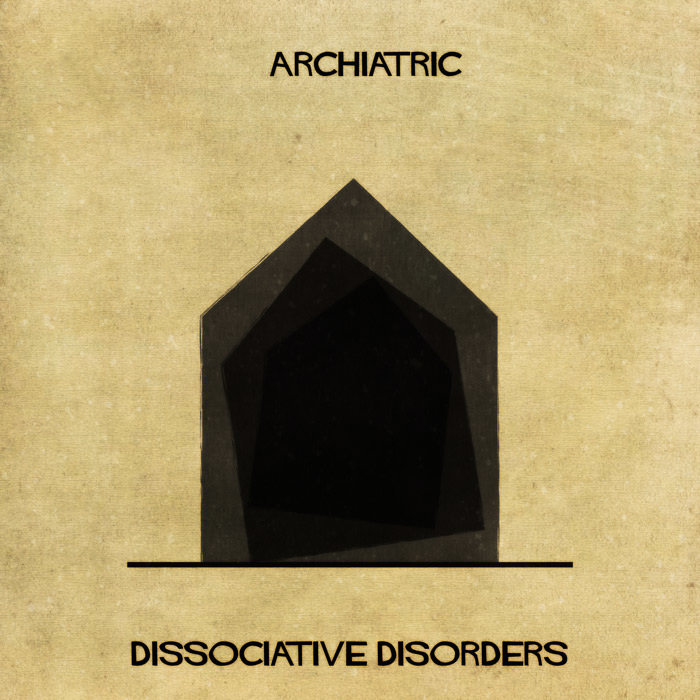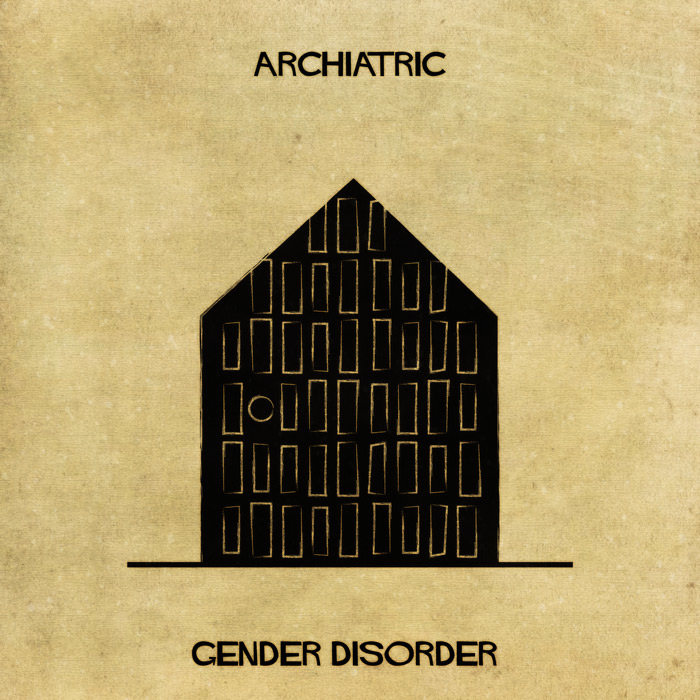The realms of art and architecture have always been intertwined. Artists and architects often draw inspiration from one another, their creative visions intertwined and intersecting in fascinating ways. But have you ever thought of architecture as a lens through which to view and understand mental health? This unique idea forms the cornerstone of Federico Babina’s newest project, “Archiatric”.
Federico Babina, a Barcelona-based digital artist known for his architecture-inspired work, has always pushed the boundaries of how we perceive our surroundings. Known for his unique geometric style that marries cubism’s influences with a dash of surrealism and a touch of cheeky humor, Babina has turned his gaze towards an area often shrouded in stigma and misunderstanding – mental health.
In “Archiatric”, Babina has created a series of representations of 16 different mental conditions. However, these are not your typical portrayals. Instead, Babina uses architectural forms in various states of repair as metaphors for these mental conditions. The result? Chillingly abstract designs that powerfully capture the realities of living with mental illness.
Through this project, Babina seeks to construct a dialogue about mental health that’s as visually engaging as it is informative. He utilizes his signature style to symbolize the internal experiences of those struggling with mental illness – the distortions, the hollows, the precarious towers of thought – in a way that words often fail to capture.
Each piece in the collection serves as a visual metaphor, translating the often-intangible experience of mental health disorders into something concrete and understandable. Whether it’s depression represented as a structure collapsing under its own weight, or anxiety depicted as a tangled labyrinth of stairs leading nowhere, each design is a window into a world that’s often hard to articulate.



